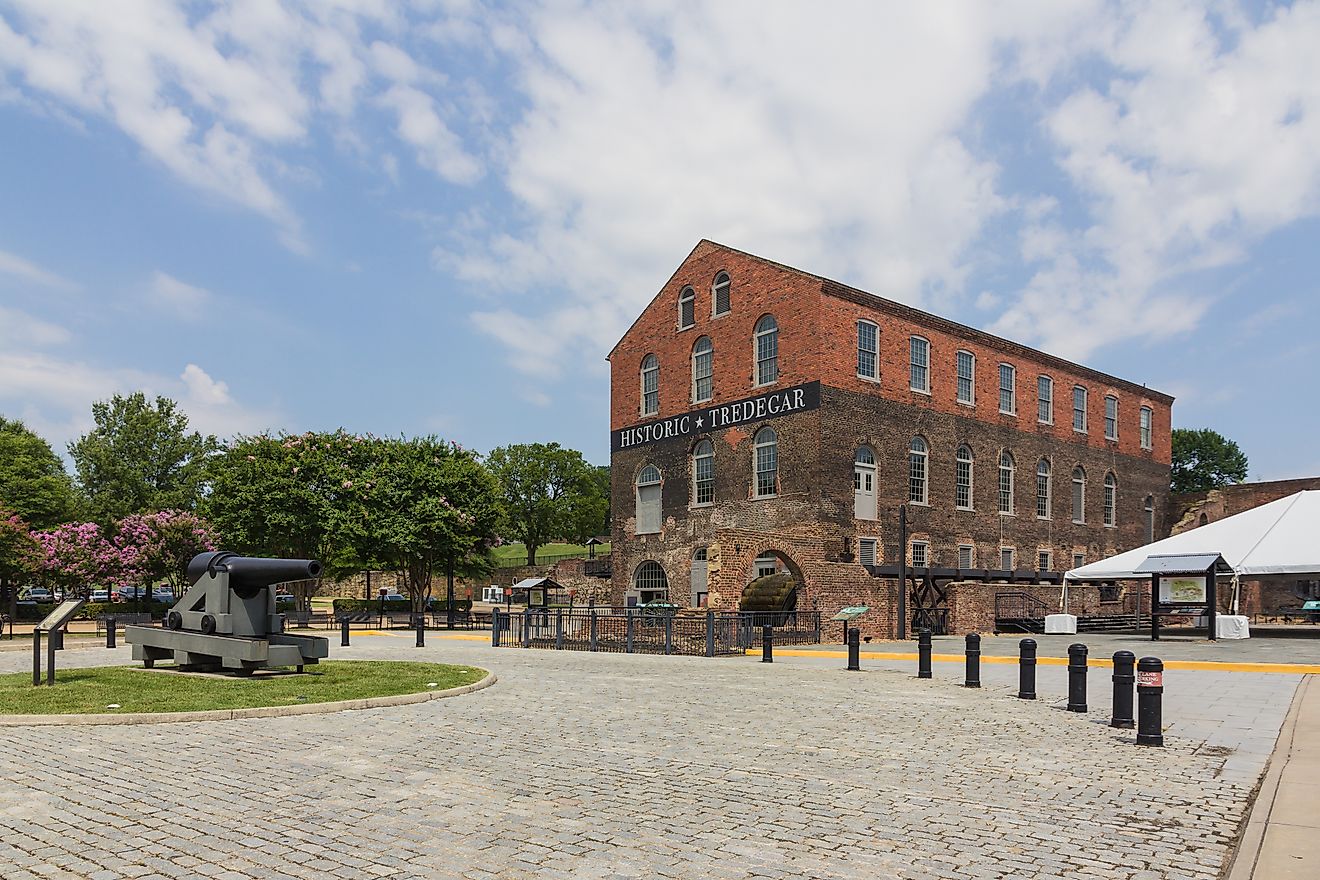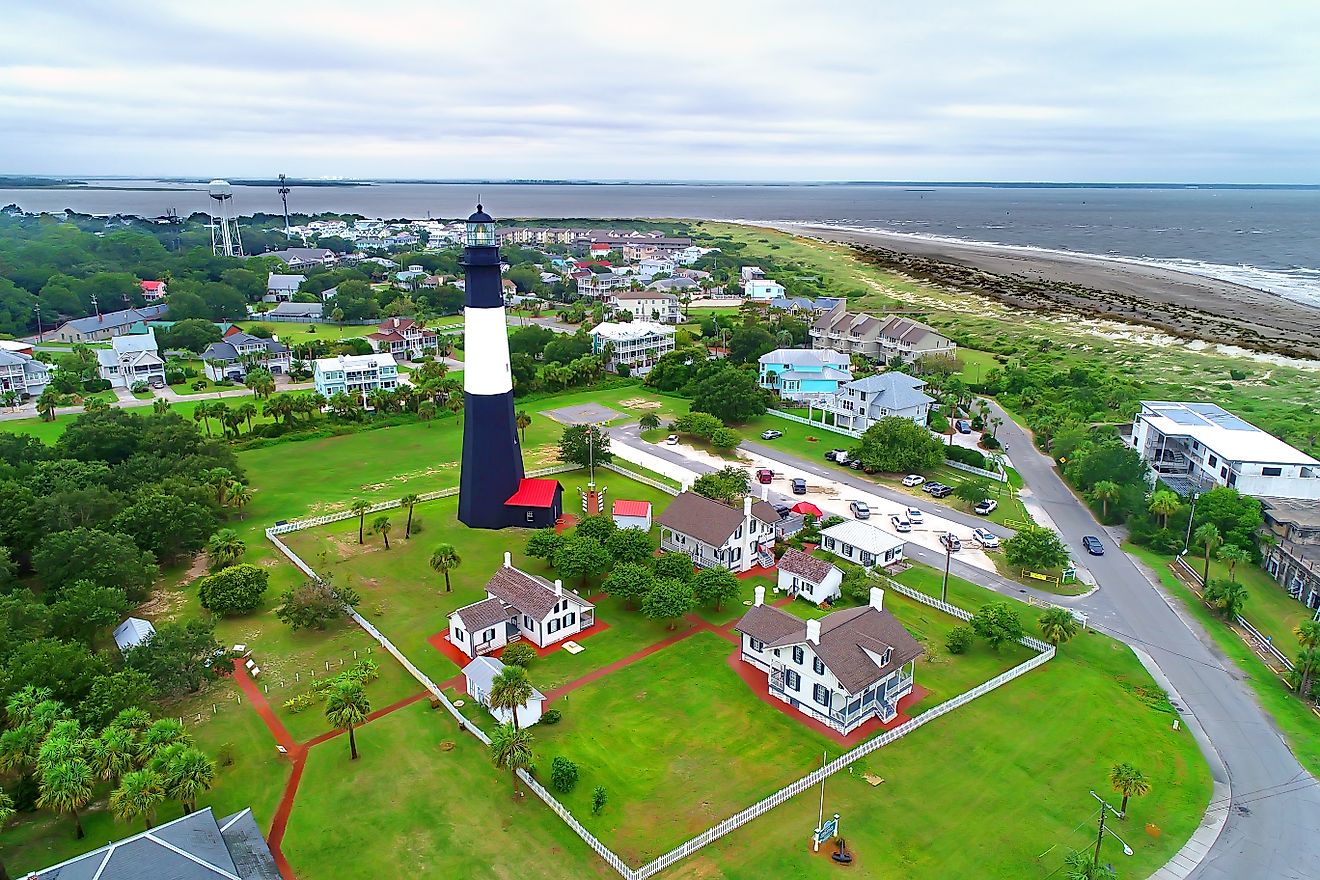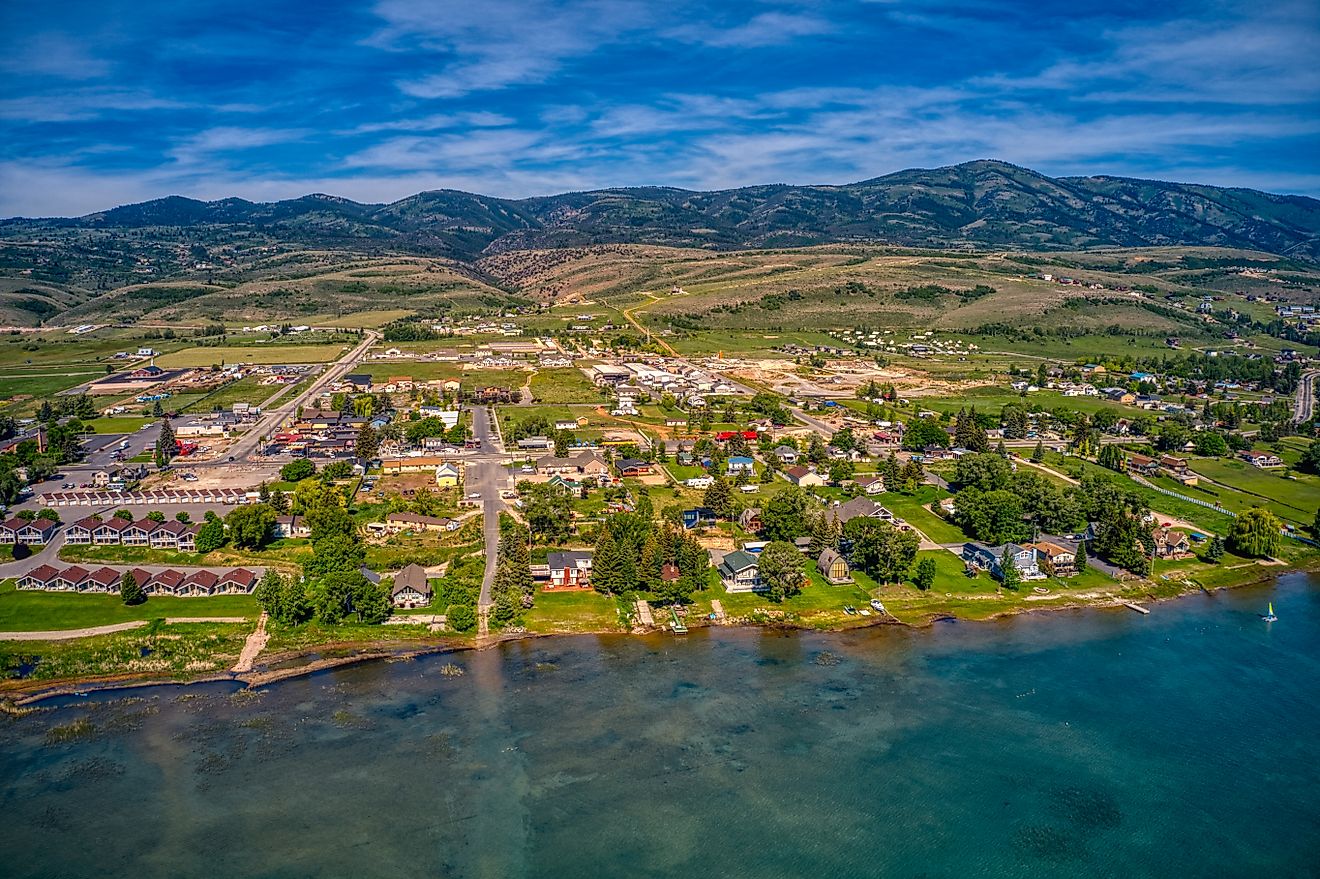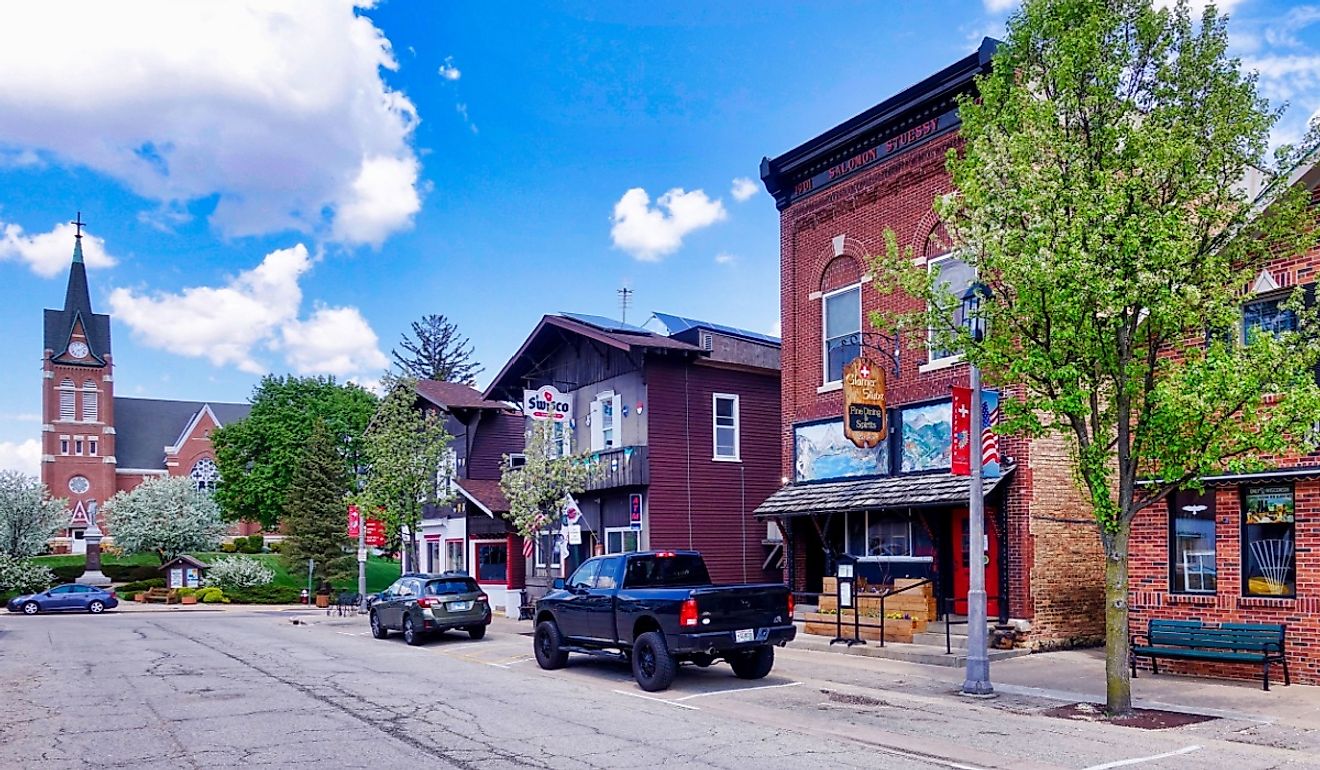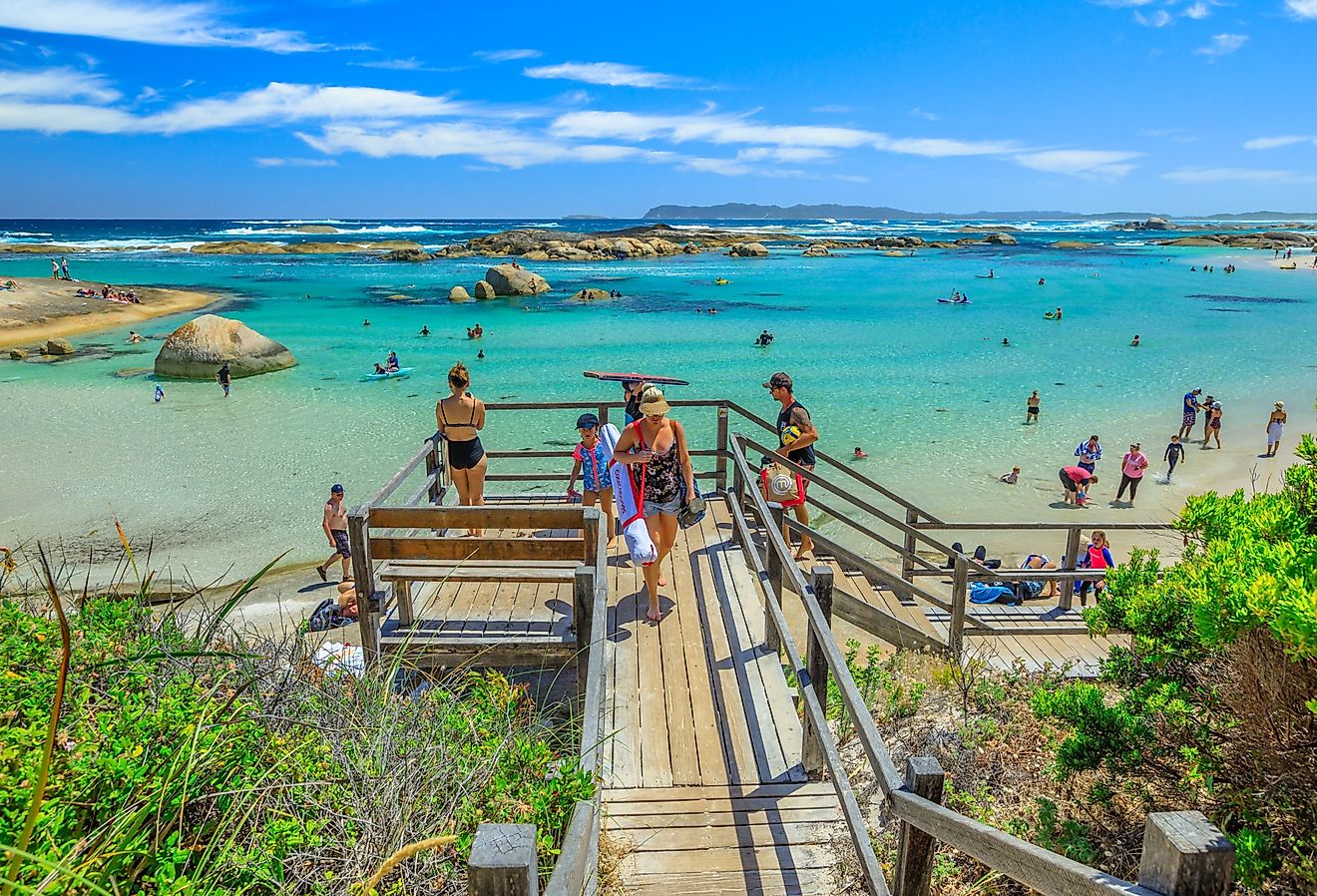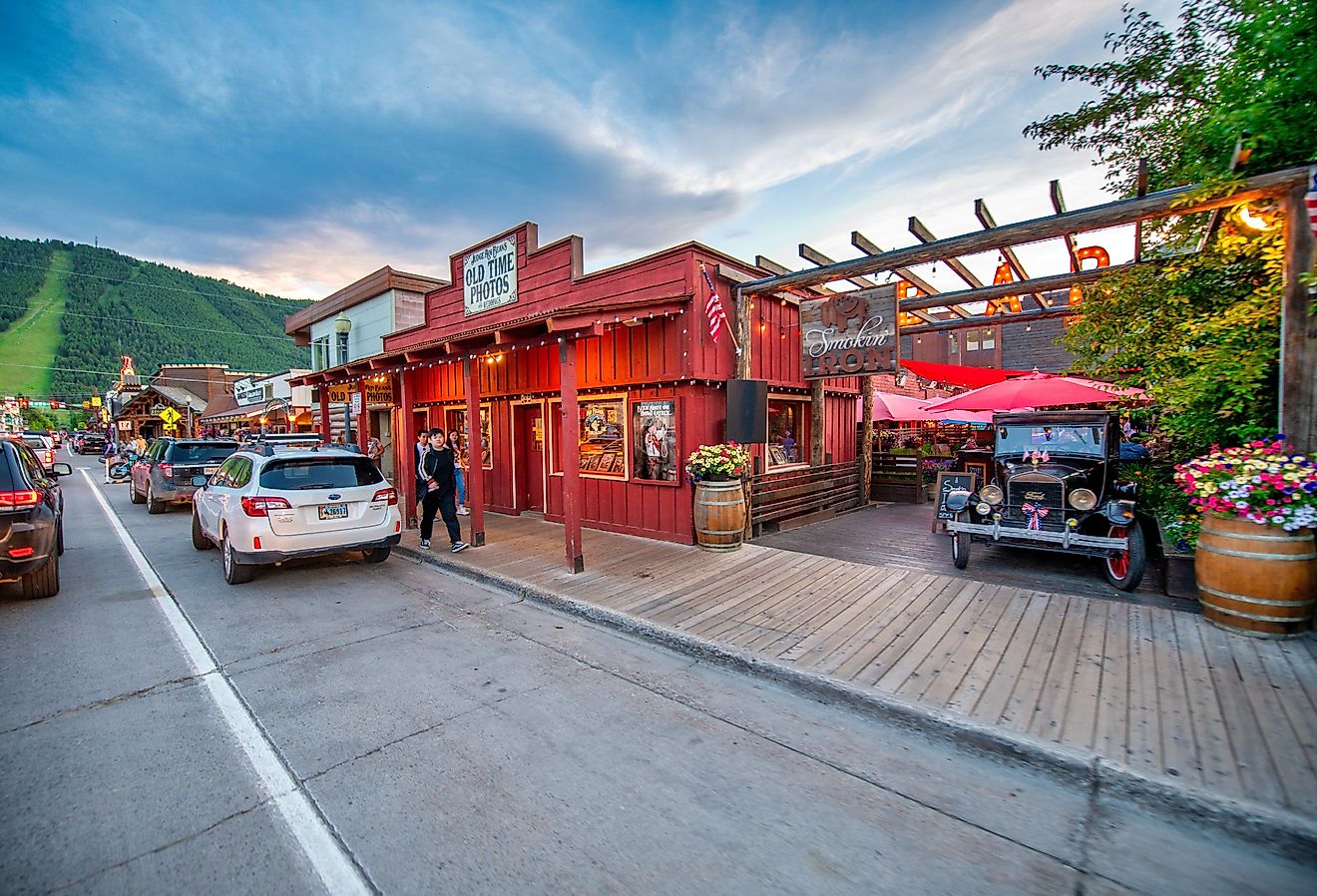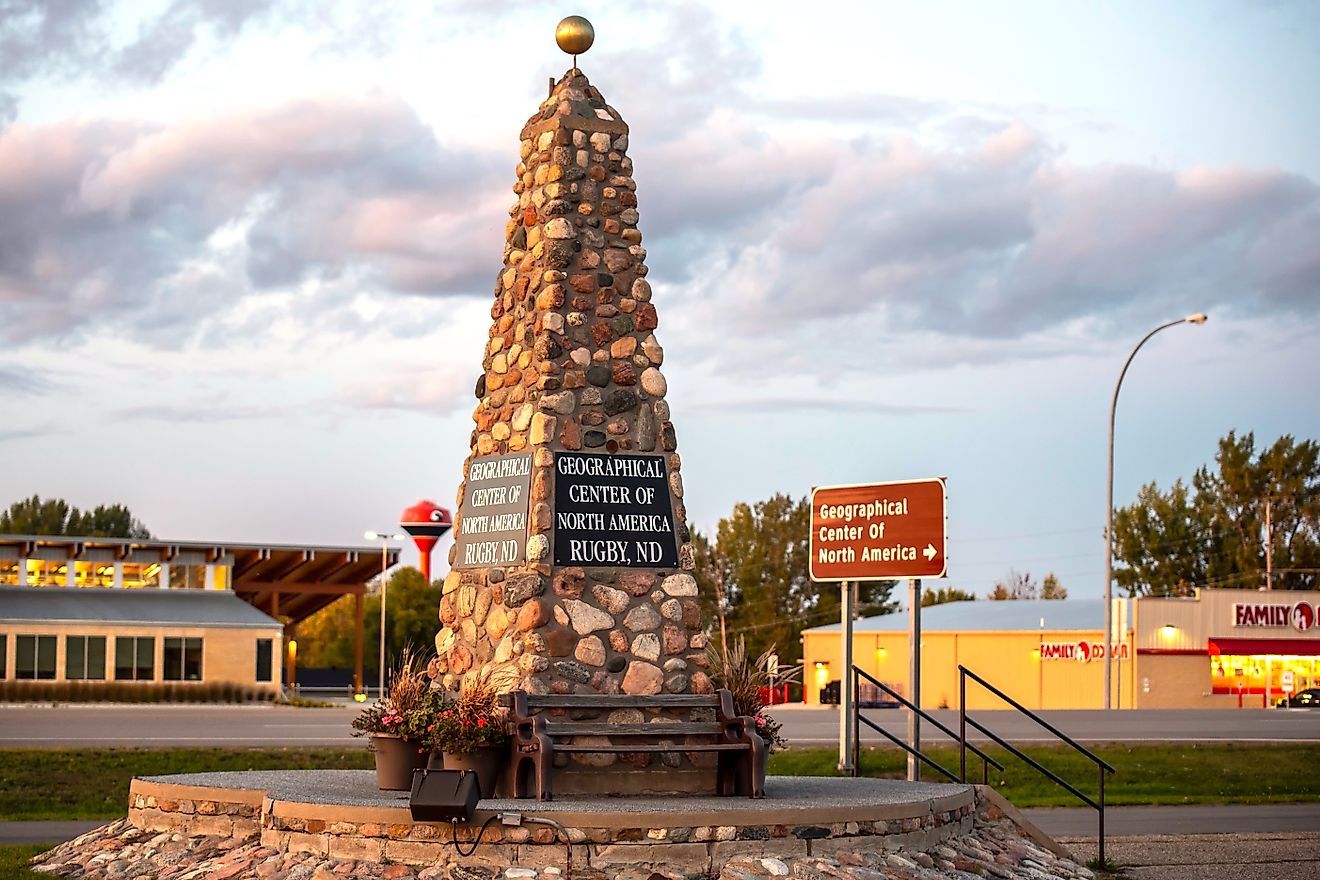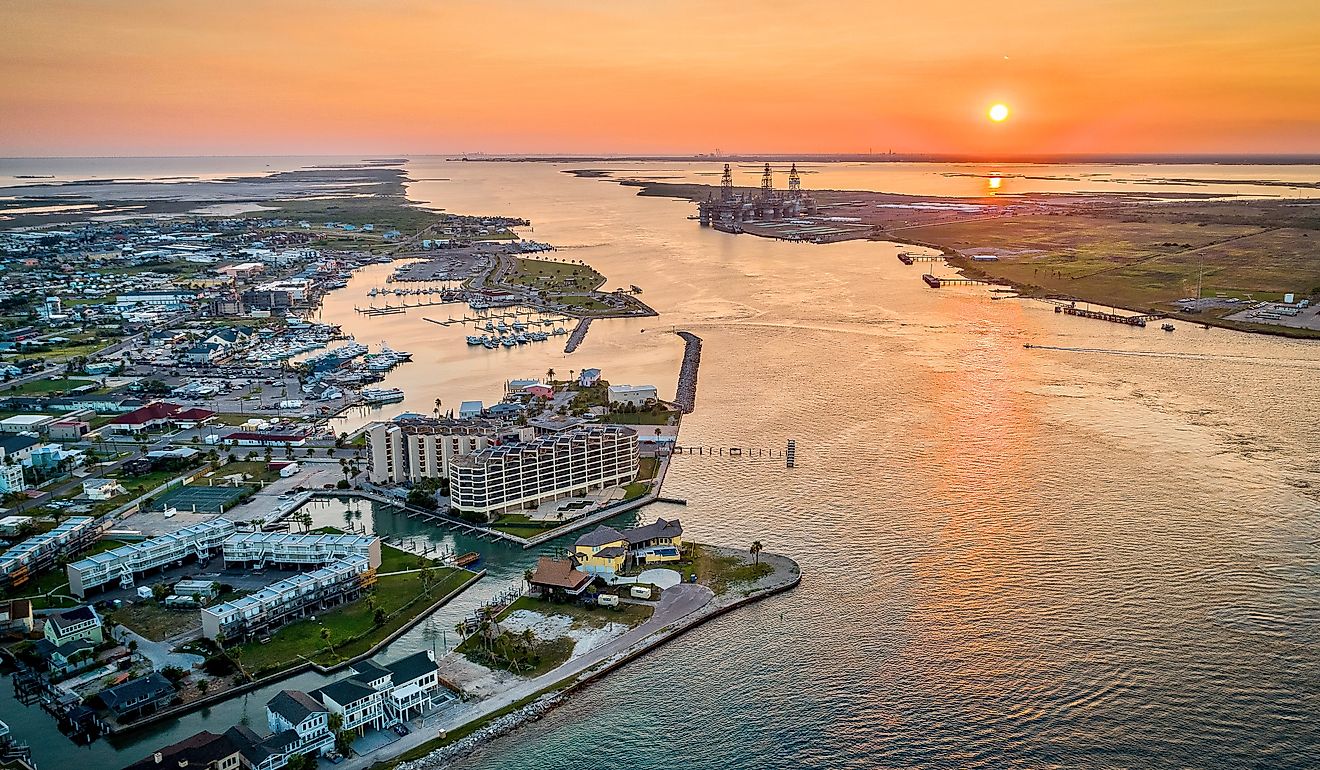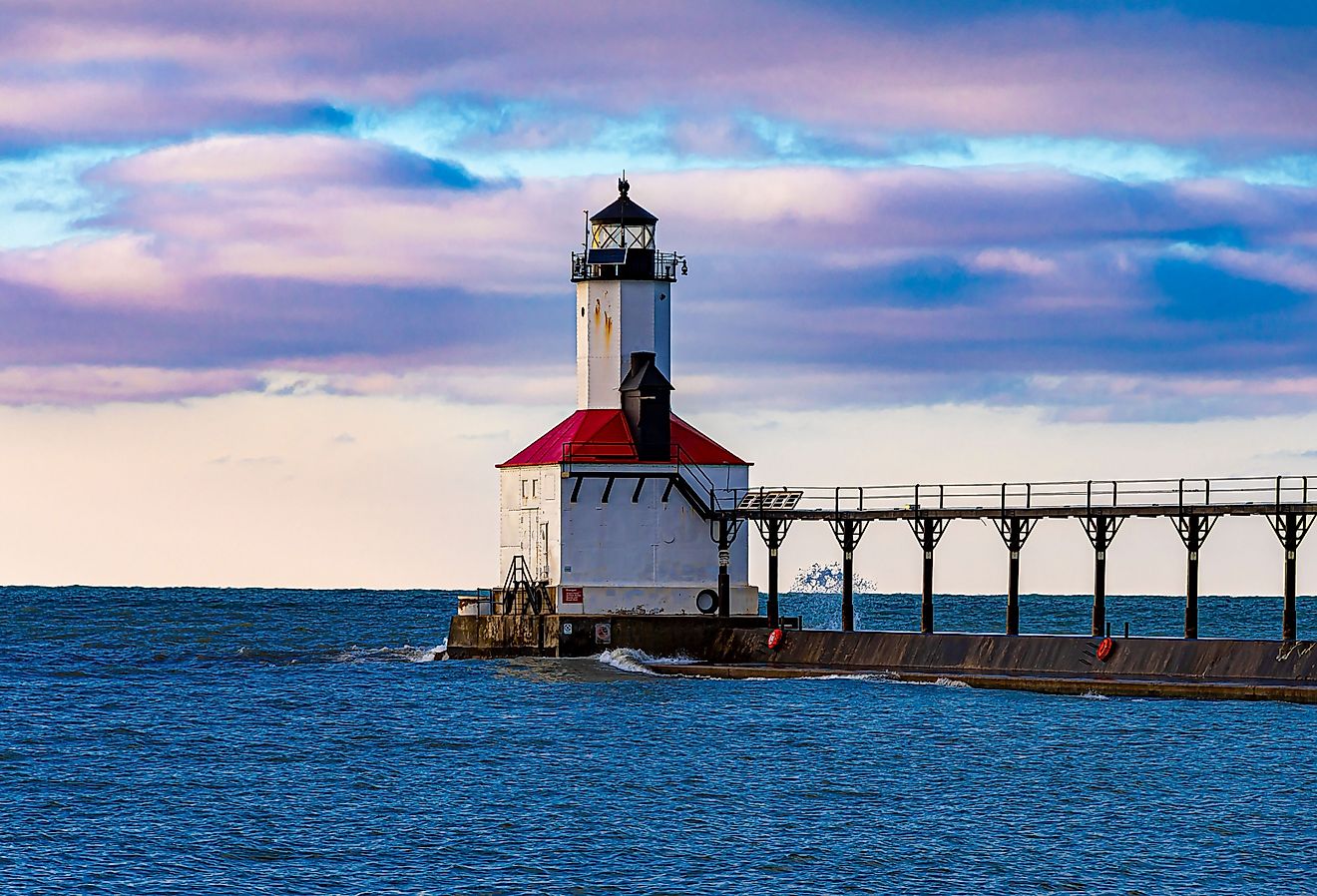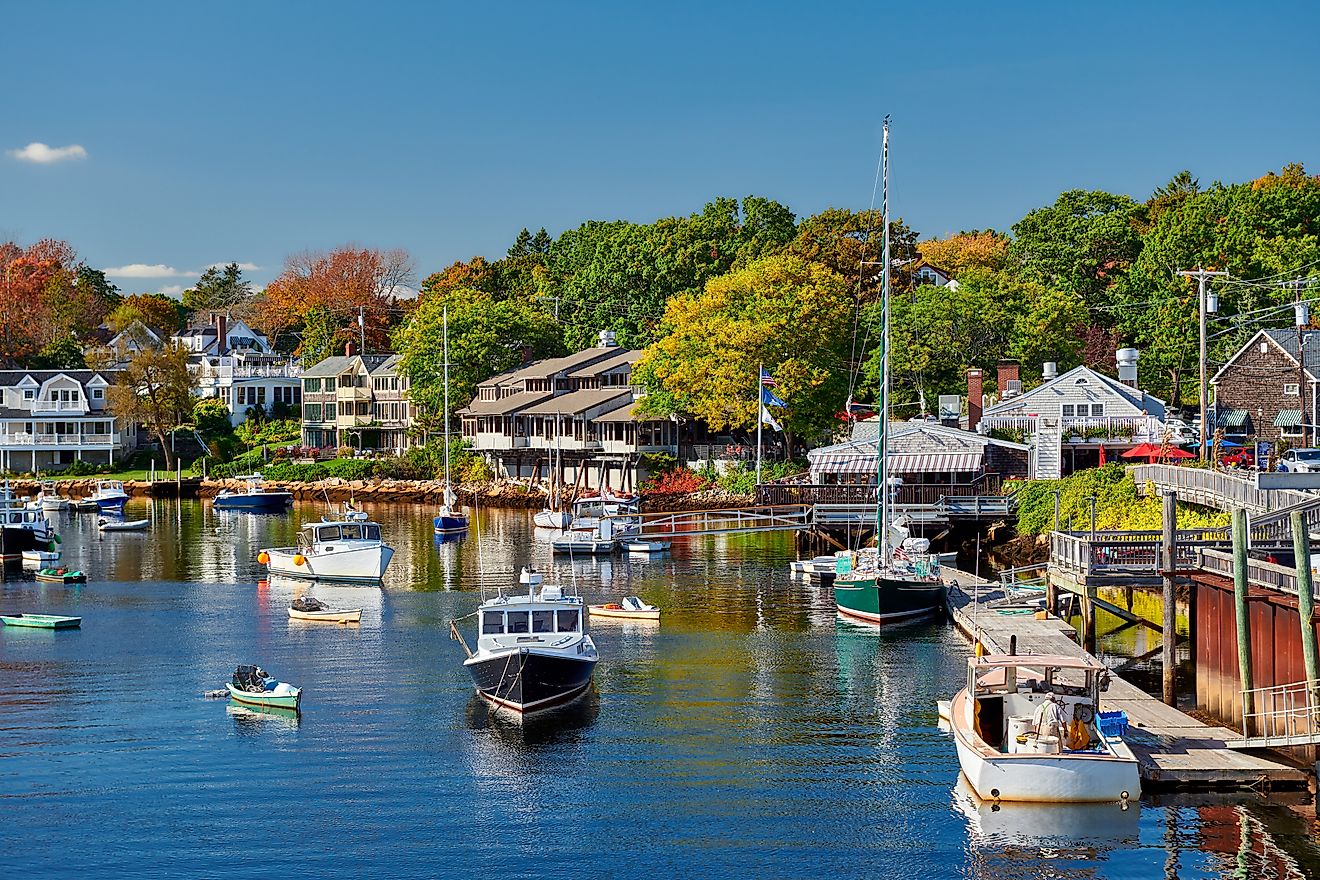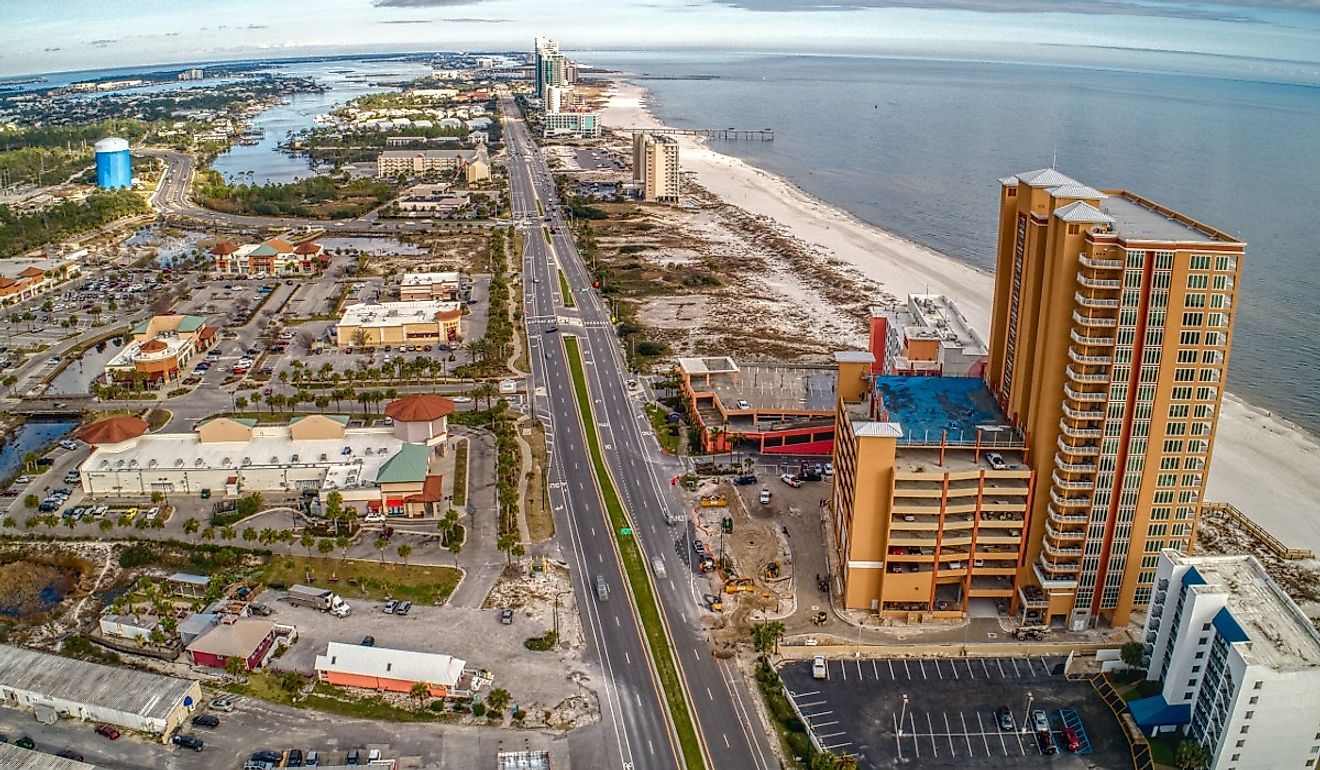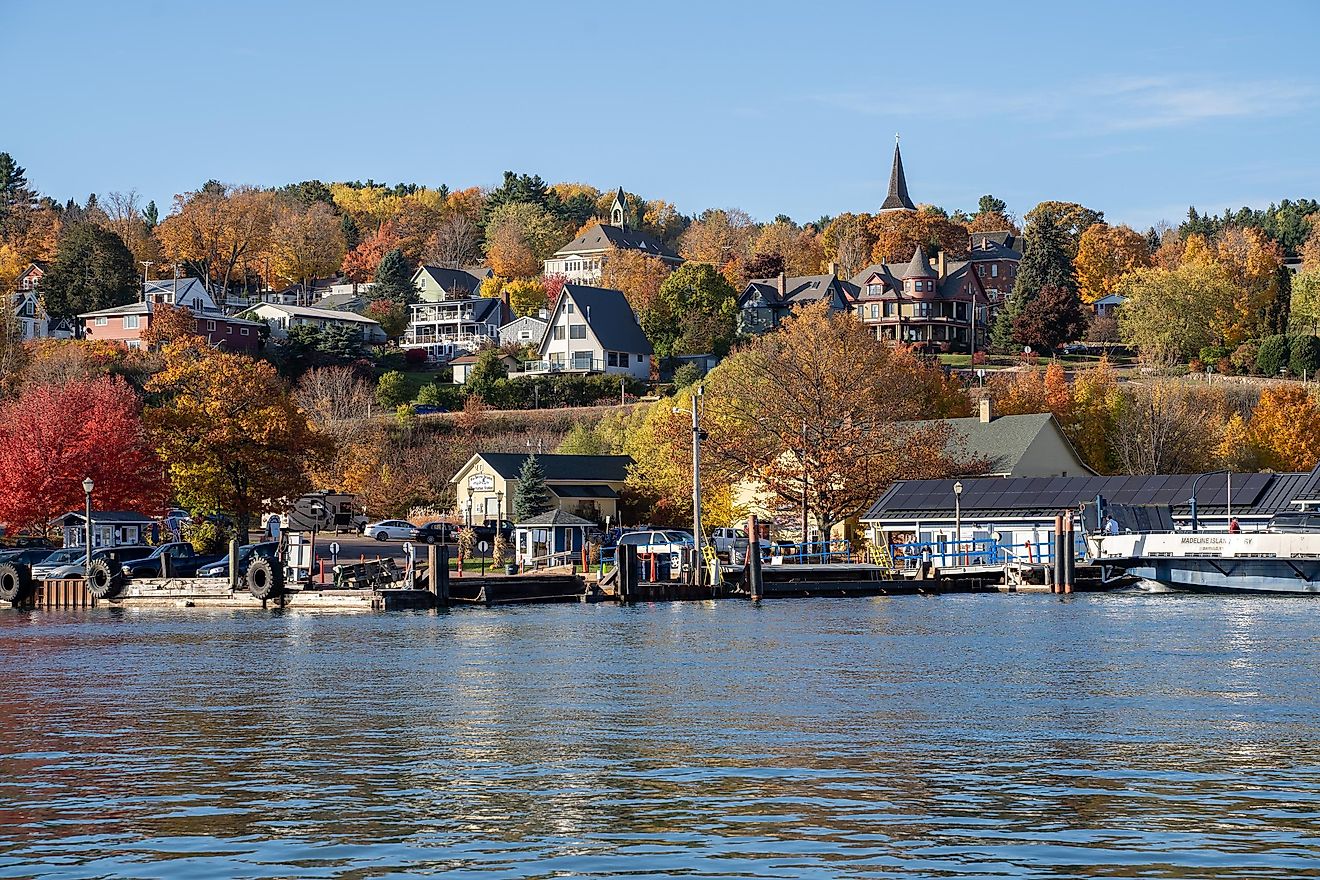
7 Of The Most Charming Small Towns To Visit In Southern California
California, the third-largest state by area in the United States, stretches from the Mexican border along the Pacific for nearly 900 miles. The state's southern terrains include cliff-lined beaches, the San Bernardino Mountains, and the Mojave Desert. Southern California's large cities like Los Angeles and San Diego are the best options for bustling activities. However, for a charming getaway, the state's smaller towns are the best bet. These quaint communities offer a respite from the fast pace of city life.
Solvang
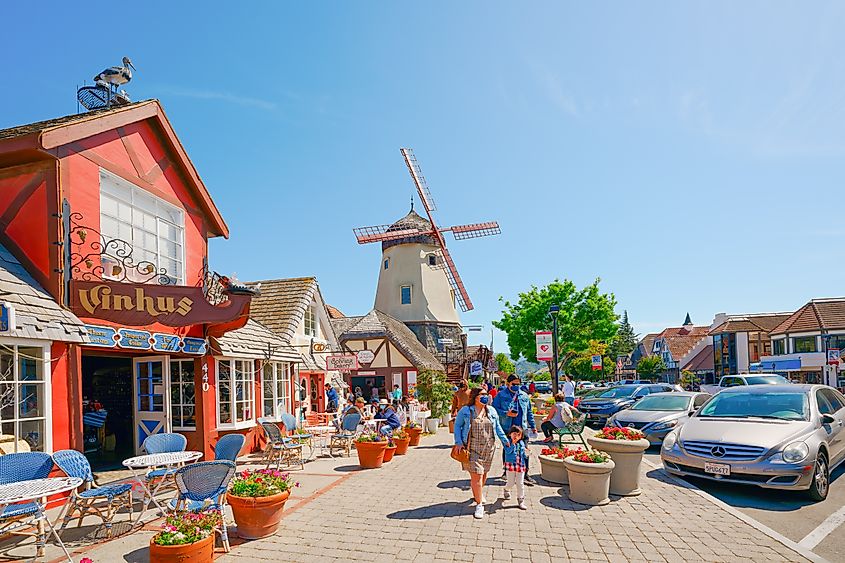
Solvang, California, reflects Danish-American heritage in the Santa Ynez Valley of Santa Barbara County. Founded in 1911 by a group of Danes seeking to establish a community far from the Midwestern winters, Solvang was designed to mirror the villages of Denmark. The town's name means "sunny field" in Danish, and its mild, Mediterranean climate contrasts with the cooler, often foggy coast just miles away. Architecturally, Solvang has Danish village-style homes, windmills, half-timbered buildings, and other elements reminiscent of a storybook European town.
Founded in 1804, Old Mission Santa Inés is one of the series of missions established across California by Spanish Franciscans. Visitors can explore the mission's museum before heading to its gardens, a setting for reflection and photography. The Hans Christian Andersen Museum celebrates the life and works of the famed Danish author Hans Christian Andersen. Located on the upper floor of The Book Loft building, the museum has exhibits of Andersen's personal belongings, illustrations from his fairy tales, and rare editions of his books. Last, the Solvang Festival Theater is an outdoor venue that hosts performances throughout the year, including plays, concerts, and ballets. The theater is particularly renowned for its summer productions by the acclaimed Pacific Conservatory Theatre.
Ojai

Ojai is a town in the Ojai Valley, surrounded by the Topatopa Mountains. This setting contributes to its famed "pink moment," where the setting sun creates a shade of pink on the mountainsides. Founded in 1874, Ojai's history is intertwined with the Chumash Native Americans, who originally inhabited the area and named it "Awhai," meaning "moon." In the early 20th century, the town embraced the Arts and Crafts Movement. Buildings designed by notable architects, including the Ojai Valley Inn and several structures by George Washington Smith, replicate the Spanish Colonial Revival style, with white stucco walls, red-tiled roofs, and arched doorways.
Surrounding Ojai, Los Padres National Forest has hiking trails, rivers, and vistas amidst forest and desert landscapes. One of the highlights is the hike to Piedra Blanca, which leads to white rock formations. As one of the oldest olive oil producers in California, the Ojai Olive Oil Company gives guided tours of the groves and the pressing facility for guests to learn about the cultivation of olives and the oil extraction process. The tour concludes with a tasting session to sample various olive oils and balsamic vinegars. Finally, Bart's Books is an outdoor bookstore that has been charming book lovers since 1964. The shelves are set against an open-air courtyard for visitors to browse in the sunshine.
Laguna Beach
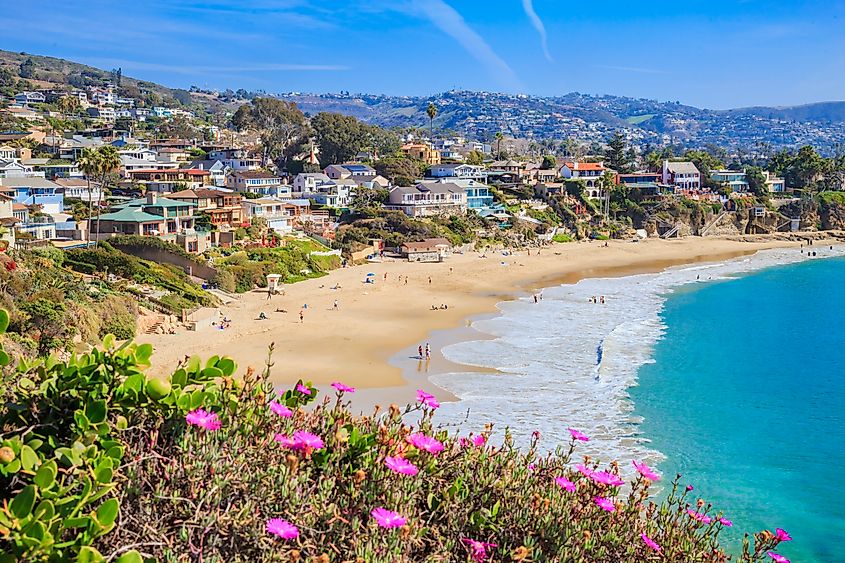
Laguna Beach, California, is a coastal town with over seven miles of beaches and coves along the Pacific Ocean. Its seaside cliffs, tide pools, and mild Mediterranean climate have made it a magnet for artists and nature enthusiasts. Established in 1927, Laguna Beach's history includes the early habitation of the Acjachemen (Juaneno) Native American tribe, the plein air painting movement in the early 20th century, and counterculture movements in the 1960s and 1970s.
Perched above the Pacific Ocean, Heisler Park has walking trails, gardens, picnic areas, and public art installations, making it a spot for leisurely strolls, photography, and outdoor dining. The Laguna Art Museum is dedicated to showcasing California art in all its forms. The museum's collection includes works from the early 19th century to the present. The museum explores the unique identity of California art, including its landscapes, lifestyle, and influences. The Pageant of the Masters is a highlight of Laguna Beach's Festival of Arts. This production brings art to life with "living pictures"—accurate recreations of classical and contemporary works with real people posing to look like their counterparts in the original pieces. It is accompanied by a live orchestra and narration.
Julian

Julian is a small mountain town in the Cuyamaca mountains of San Diego County, known for its seasonal changes—a rarity in Southern California. Founded following the discovery of gold in 1869, Julian quickly became a mining town. Unlike many other mining towns that faded into ghost towns, Julian transitioned into a center for agriculture, particularly apple farming, which is compatible with the town's cooler mountain climate. The town's Main Street is lined with buildings from the 1870s and 1880s that once served as hotels, saloons, and general stores.
One of the town's original gold mines, Eagle and High Peak Mine, has guided tours that take visitors deep into the mountain to explore the underground tunnels. The knowledgeable guides share stories of the miners' experiences. Further, Lake Cuyamaca is great for recreational activities, including fishing, boating, and hiking. The lake is stocked with trout year-round for anglers, and there are numerous hiking trails around it. The Julian Historical Society is housed in several historic buildings, including the old Julian jail and the Washington Mine. It has a collection of artifacts, photographs, and documents, and the society's volunteers are passionate about sharing Julian's story.
Oak Glen
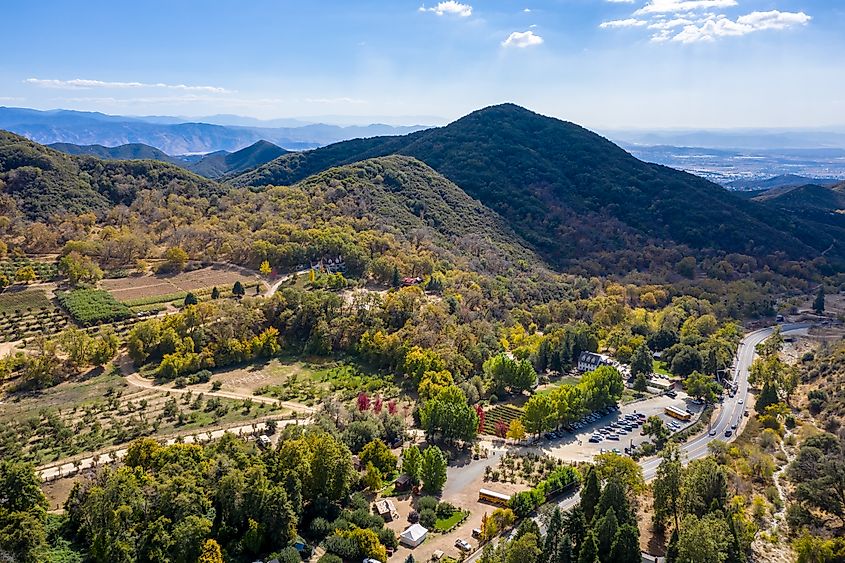
Oak Glen, California, is located in the San Bernardino Mountains. This small community, located at an elevation ranging from 4,734 to 5,500 feet, also enjoys a cooler climate than the surrounding areas, making it ideal for growing deciduous fruit trees. The history of Oak Glen began with the native Cahuilla and Serrano peoples, and it saw a transition to agriculture with the arrival of European settlers in the 19th century. The architecture and layout of Oak Glen reflect its agrarian roots, with barns, farmhouses, and roadside stands dotting the landscape.
The Oak Glen Preserve spans over 2,000 acres and has miles of hiking trails that meander through oak woodlands, riparian areas, and conifer forests. The Southern California Montane Botanic Garden within the preserve has a collection of native plants and wildflowers that thrive in the high-elevation environment. Snow-Line Orchard is a family-owned orchard and winery that has been a part of the Oak Glen landscape since 1898. Visitors get a taste of local agriculture through its apple orchards, cider mill, and vineyards. The Oak Glen School House Museum is a restored schoolhouse that dates back to 1927, with period-appropriate furnishings, textbooks, and photographs. It is a reminder of the small, one-room schoolhouses that once dotted rural America.
Avalon

Avalon is the only incorporated town on Santa Catalina Island, part of the Channel Islands off the coast of Southern California. This town is cradled in a bay with clear waters and surrounded by rugged terrain. Avalon's history is varied, beginning with its early inhabitants, the Tongva (Gabrielino) Native Americans, before becoming a Spanish land grant and eventually a tourist destination in the early 20th century under the development of chewing gum magnate William Wrigley Jr. The architecture of Avalon reflects that of the Mediterranean, with colorful buildings and tiled fountains.
The Catalina Island Museum gives visitors a comprehensive look at the island's cultural heritage and the many celebrities who have visited over the years. The museum also hosts temporary exhibitions, film screenings, and educational programs. The Wrigley Memorial is crafted from native island materials and offers views of Avalon and the surrounding landscape. The adjoining Botanic Garden is home to plant species native to Catalina Island and other Channel Islands. The Casino Ballroom, an Art Deco piece, symbolizes Avalon's glamorous past. The casino was a gathering place for entertainment and social events. The ballroom, with its 180-foot diameter dance floor and views of the harbor, has hosted dances, concerts, and celebrations since its opening in 1929.
Wrightwood
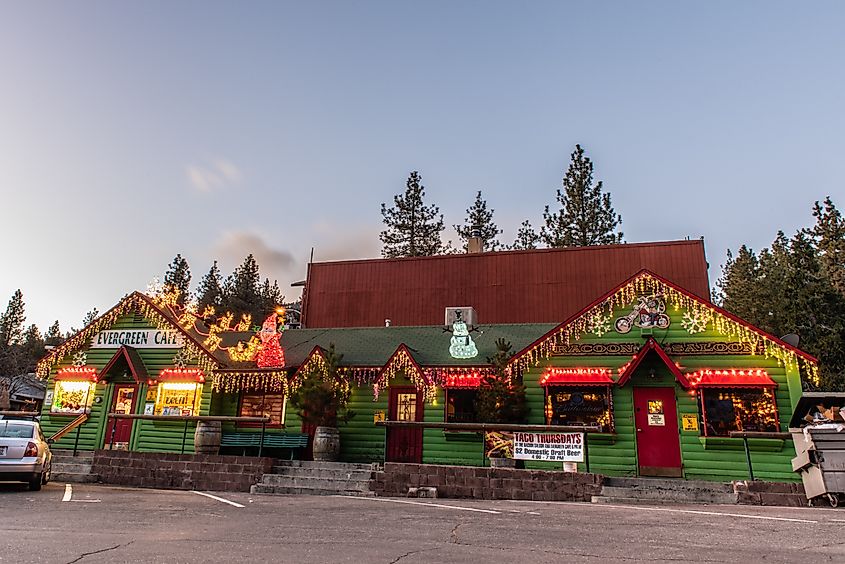
Wrightwood, California, is a small mountain community in the San Gabriel Mountains' eastern range, at an elevation of approximately 5,935 feet. Its geography includes forests, mountainsides, and the proximity to the San Andreas Fault. Originally inhabited by the Serrano Native Americans, the area saw development in the 1920s as a recreational destination, with the construction of cabins and infrastructure to support skiing and other winter sports.
The Pacific Crest Trail stretches from Mexico to Canada. The portion near Wrightwood has a range of hiking experiences, from day hikes to extended backpacking trips, for hikers to immerse themselves in the San Gabriel Mountains. The Grassy Hollow Visitor Center is staffed by knowledgeable volunteers. It has exhibits, maps, and brochures on the region's wildlife, plant life, and geological features. The visitor center is also a starting point for several nature trails. Mountain High Resort is Southern California's closest winter resort, comprising three distinct areas: West Resort, East Resort, and North Resort. It has 59 trails and 14 lifts catering to skiers and snowboarders of all skill levels. The resort has ski and snowboard rentals, lessons, and dining options.
The small towns in Southern California on this list have quiet charm, with varied heritage and natural beauty that cannot be found in the state's large cities. Solvang transports visitors to Denmark with its architecture and cultural festivals, while Ojai is a retreat into nature with its famous pink sunsets and arts community. These communities, along with others like Laguna Beach and Julian, are a respite from the fast pace of urban life. Through the lens of these towns, one can appreciate California's broader narrative, a story of diversity, innovation, and natural splendor.
